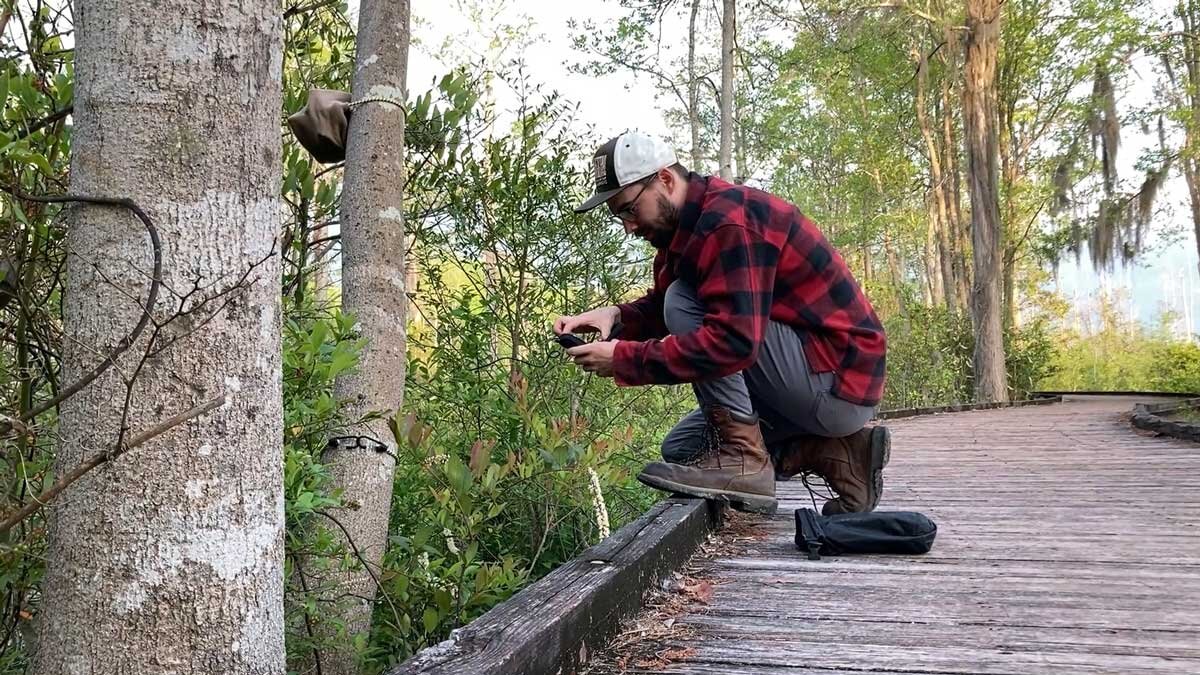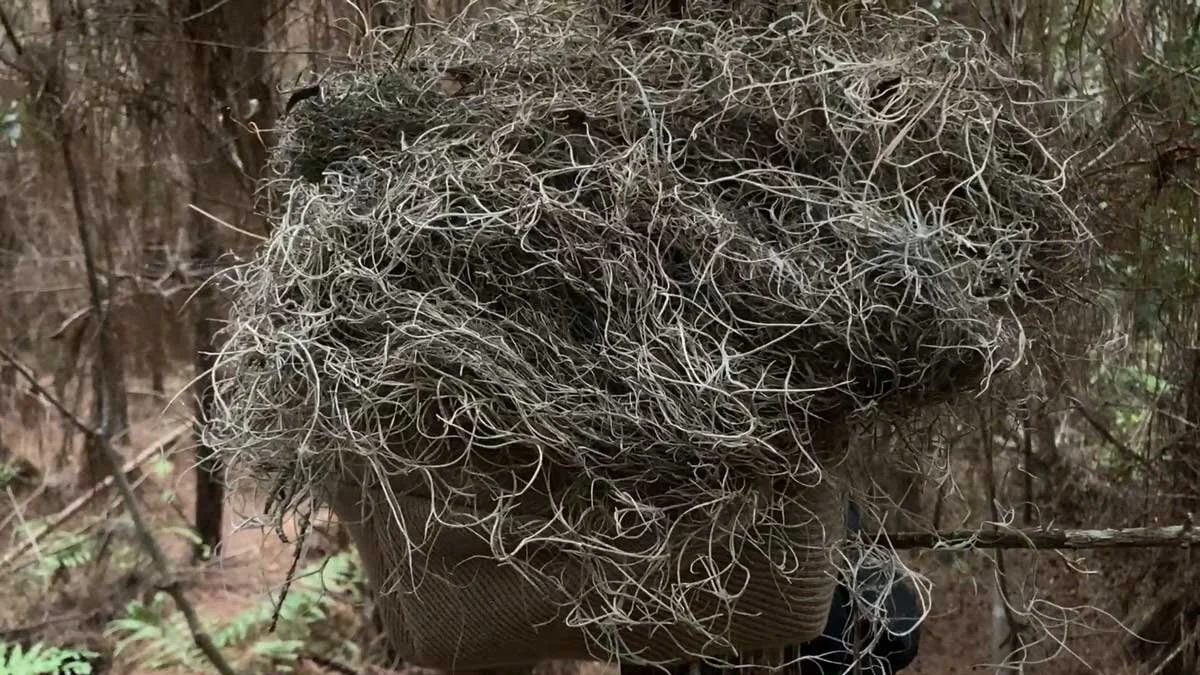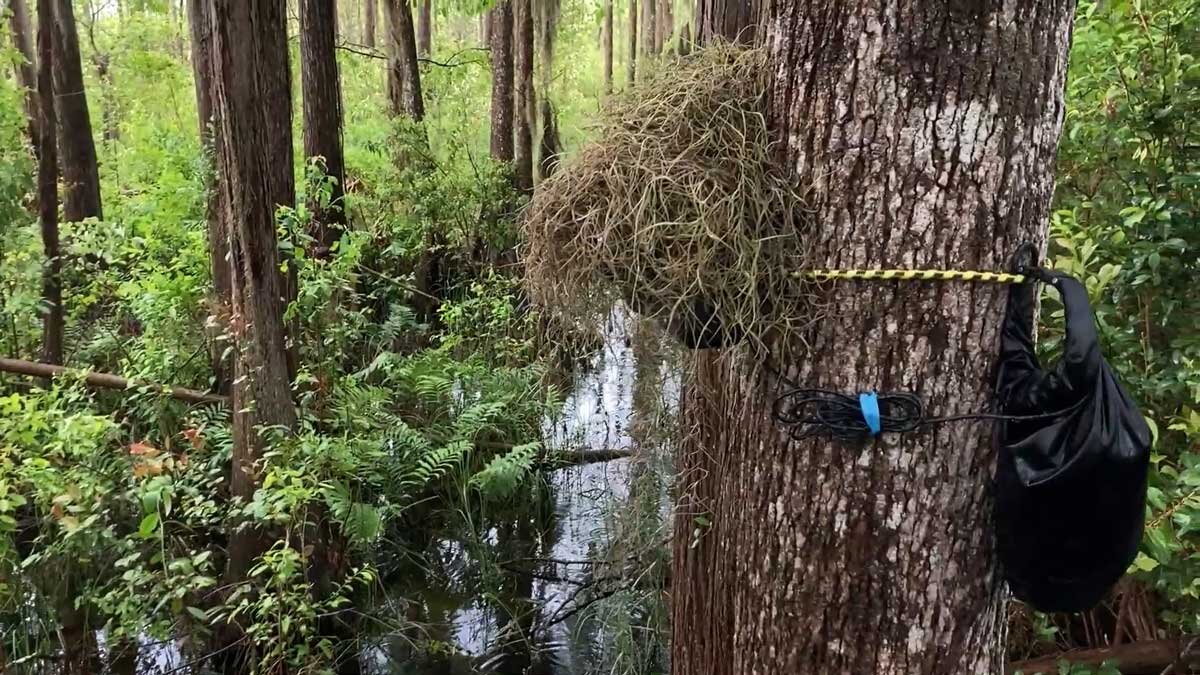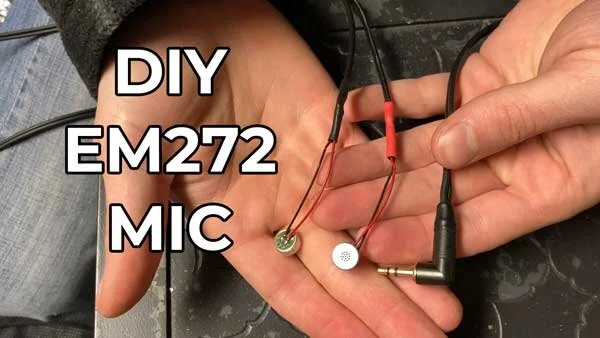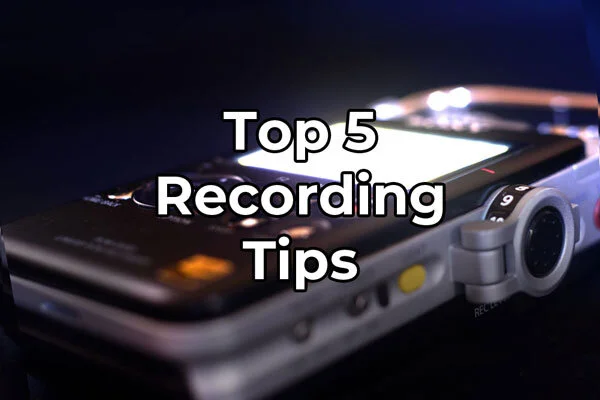Okefenokee Swamp: Sounds From One of the Largest Swamps In The World
Join me on a field recording trip to the Okefenokee Swamp in Georgia where I capture the sounds of this primeval landscape.
While searching for quiet places for my road trip, I stumbled on the Okefenokee Swamp and instantly fell in love. The Okefenokee is one of the largest, intact swamps in the entire world. There’s only one road into the swamp and it terminates at Stephen C. Foster State Park, a Gold-tier International Dark Sky Park.
I was very excited to hear and record the sounds of this remote location filled with a great diversity of life. I booked a three-night trip from April 9th - 12th with some help from my supporters on Ko-fi.com.
Behind The Sounds
In the “Behind The Sounds” series, I take you behind the scenes and show you what it’s like to be a nature field recordist. I show you how I setup my gear in the field and why I am doing so. I try to make these videos resources for like-minded individuals, so please let me know what you want to see more (or less) of.
If you enjoy this kind of content, please consider supporting me with a one-time or monthly donation. Your support goes a long way in helping me keep this website running. Thank you to everyone who has donated already!
Trip Goals
The Okefenokee Swamp has one of the highest concentrations of alligators in the United States. After recently having captured the sound of a bellowing gator at the Santee Coastal Reserve, I was excited to be at the Okefenokee during the beginning of alligator courtship.
I also wanted to capture the natural ambiences of this ancient swamp during different times of day.
Recording Gear & Drop Rigs
Each of the recording setups pictured below used the SASS microphone that I built using 4 EM272 microphone capsules. These capsules are very low-noise and affordable and compete with much more expensive microphones. They are also very resistant to high humidity.
LS-10 Drop Rig
The first drop rig recording I setup was on the raised boardwalk trail. This trail is the furthest from the campground and provides the deepest look into the swamp without watercraft. While hiking, I kept hearing a low, explosive frog call that I did not recognize.
I positioned my SASS microphone pointing towards 2 of the unknown frogs to give the soundscape strong, up-front presence for each left and right channel. I plugged in my LS-10 and hoped that the frogs would stay generally in the same location throughout the night. Luckily, this was the case.
This setup gave me several really unique and peaceful ambiences of the Okefenokee at night.
The stars of the show sonically are pig frogs, Rana grylio. Their powerful, low grunts echo across the swamp. In the background are southern cricket frogs, Acris gryllus, whose call sounds like glass marbles hitting one another. Another layer deeper in the soundscape are chirping crickets. Still deeper, are the occasional calls of barred owls.
Sounds In Chronological Order:
D100 Drop Rig
When setting up this recording, my idea and hope was for very close proximity owl calls. The area I chose had three nice snags for owls. While no individuals made themselves known from the perches, this location did yield a soundscape that is the epitome of nature sounds at night. This recording is pure peace to my ears as crickets and owls sing boldly. The pig frogs in the background make this recording unique and ties the soundscape to the Southeastern United States.
LS-10 Thunderstorm
Around 3pm on my second day, a powerful thunderstorm from the west approached the Okefenokee. While everyone was leaving the water and heading back to camp, I set out into a small pine forest on the edge of the swamp to record the storm.
To deaden the sound of raindrops hitting the SASS microphone, I put a generous pile of spanish moss on top of the mic enclosure. This ended up working really well and was actually pretty acoustically transparent! I wish I could use this solution everywhere but it only grown in the Southern United States and in other subtropical and tropical climates.
D100 Thunderstorm
As the storm came closer and closer, the thunder became increasingly loud and I worried that the LS-10 levels were peaking. For insurance, I decided to setup a second recording using my D100. I also thought it would be interesting to hear the same storm from two locations, from the LS-10 pine forest and from the D100 cypress swamp.
Unfortunately I’ll never know because the D100 didn’t record anything. To start recording on the D100 you have to press the record button and then you have to press the play button. I only pressed record so the D100 stayed in stand-by mode for the entire storm. This is my own fault but I do wish the D100 didn’t have this quirk.
Anyways, the next morning also brought a severe thunderstorm to the Okefenokee. The storm caught me by surprise in the early morning but I was able to capture it while still in my tent. I simply put my D100 on a mini tripod, pointed it toward the thunder and tried to be as quiet as possible.
Final Thoughts
Although the Okefenokee Swamp is one of the most remote and uninhabited places in the United States, Stephen C. Foster State Park is not the place for that experience. The campground is far from primitive and even has showers. These amenities make the park very popular with tourists and very noisy for recordists.
Although I was able to capture some beautiful sounds from this location, I would like to experience the Okefenokee more deeply in the future. When the time comes, I will spend a few nights canoe-camping within the wildness sections of the swamp.
Support Acoustic Nature
If you enjoyed this post and would like to help support Acoustic Nature, please consider "buying me a coffee" or becoming a Patreon with the buttons below.
As a thank you for your support, Patreon supporters receive a copy of Field Recording For Beginners, exclusive access to the full Behind The Sounds video series, nature sound library downloads, and more.
If you are unable to support the site financially, please share this post with others, or leave a comment below letting me know you enjoyed this post! Both are free and help the website grow. Thank you ♫
Thanks for reading,
-Jared


